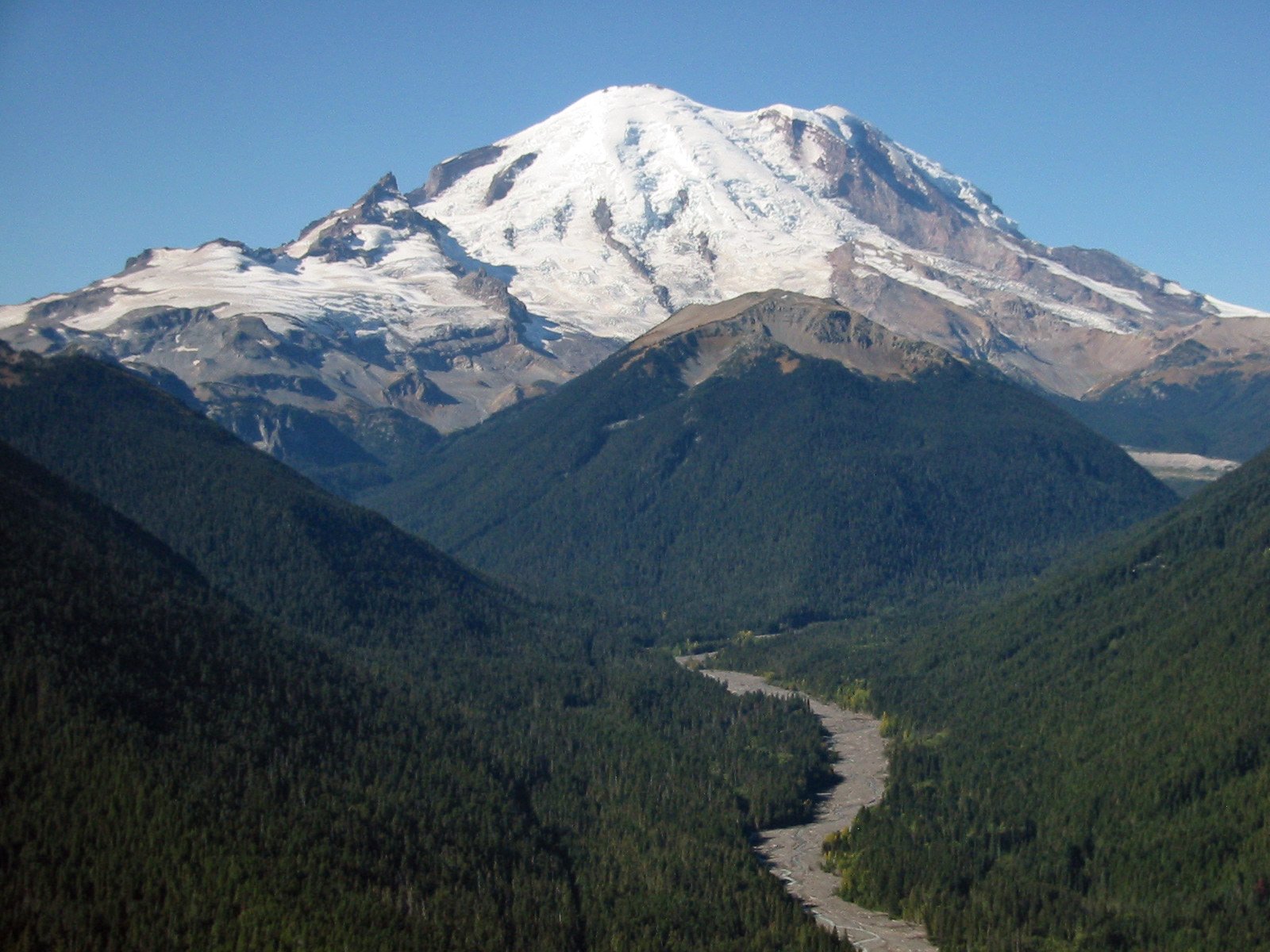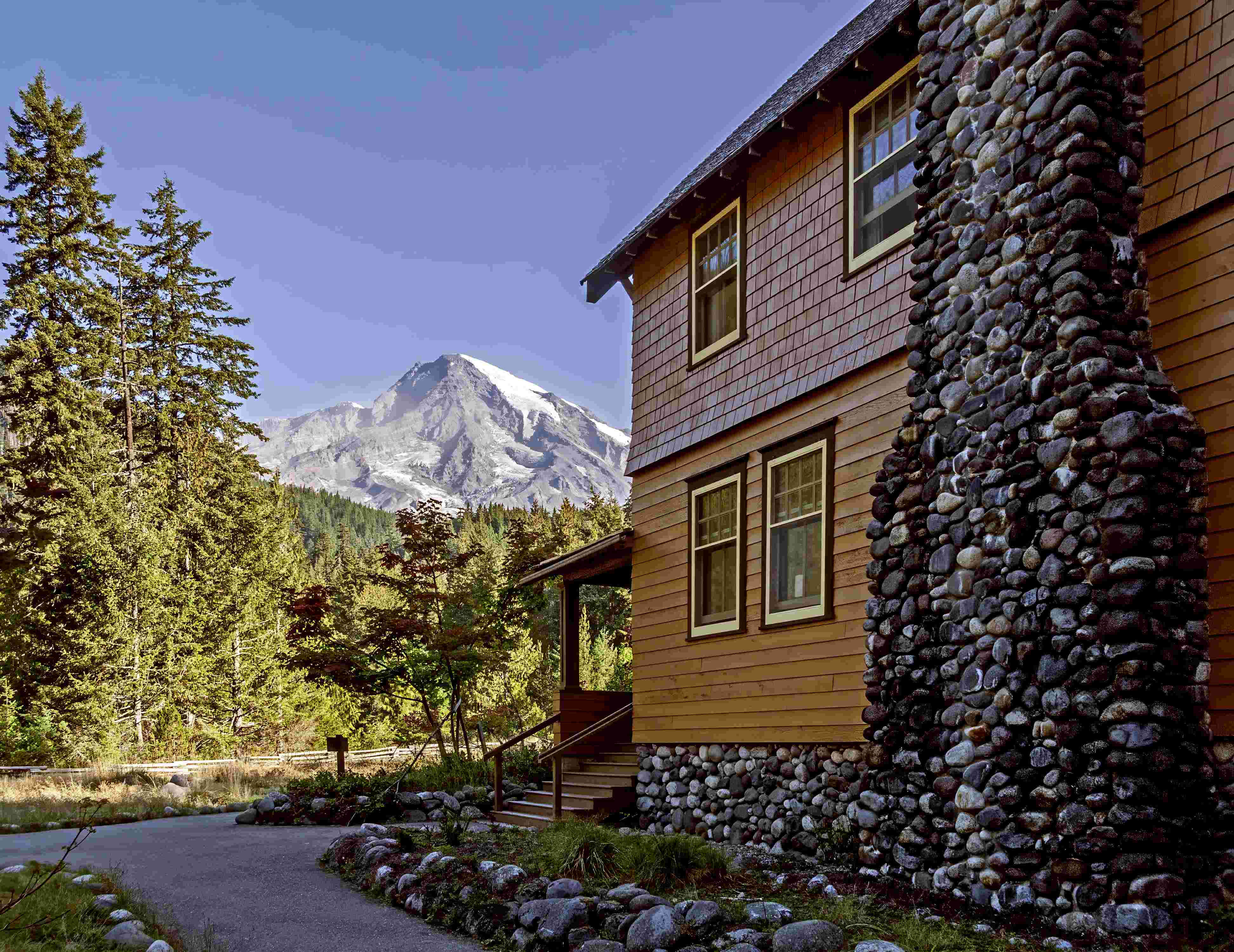Mount Rainier National Park, established in 1899, is a testament to millions of years of geological processes. The park’s creation involved complex volcanic activity, tectonic movements, and glacial erosion. This iconic landscape, dominated by the towering Mount Rainier, has been shaped by natural forces over eons, resulting in a diverse ecosystem and breathtaking scenery that attracts visitors from around the world.
What Were the Early Geological Processes?

The formation of Mount Rainier National Park began long before it was designated as a protected area. The geological history of the region dates back millions of years:
- 40 million years ago: Western Washington experienced significant changes
- Volcanic activity: Eruptions on a former coastal plain
- Underwater submersion: The area became submerged
- Rock formation: Cooling of molten rock created granodiorite
These early processes laid the foundation for what would eventually become Mount Rainier National Park. The granodiorite formed during this period is still visible in various parts of the park, including:
- White River valley
- Carbon River valley
- Parts of the Nisqually River valley
How Did Mount Rainier Form?

The formation of Mount Rainier itself is a more recent geological event:
- 1 million years ago: Modern Mount Rainier began to form
- Successive lava flows: Hundreds of individual flows built up the mountain
- Alternating eruption periods: High and low volume eruptions shaped the volcano
- Last 500,000 years: Accumulation of lavas and pyroclastics
What Was the Impact of Specific Eruptions?
One significant event in Mount Rainier’s history was a massive explosive eruption:
- Blew away the upper 2,000 feet of the original cone
- Left a great crater
- Two small craters later formed within the great crater
- Partially restored the mountain’s symmetrical outline
- Resulted in a dome shape rather than a conical summit
The most recent eruption occurred approximately 150 years ago, continuing to shape the park’s landscape.
What Role Did Glaciers Play in Shaping the Park?
Glaciers have been instrumental in sculpting the landscape of Mount Rainier National Park:
- Largest glacier system: Mount Rainier hosts the largest single-mountain glacier system in the contiguous United States
- Erosion: Glacial activity has carved valleys and shaped ridges
- Ongoing impact: Glaciers continue to influence the park’s topography
| Glacier Impact | Description |
|---|---|
| Valley formation | Carved U-shaped valleys |
| Cirques | Created bowl-shaped depressions at the head of glacial valleys |
| Moraines | Deposited rock debris along glacier margins |
| Erratics | Transported large boulders to new locations |
How Was Mount Rainier National Park Officially Established?
The creation of Mount Rainier National Park as a protected area involved several key steps:
- 1893: Geologist Bailey Willis proposed the creation of a national park
- 1894: The Pacific Forest Reserve was established, including Mount Rainier
- 1897: Forest reserves were placed under federal protection
- March 2, 1899: President William McKinley signed legislation creating Mount Rainier National Park
What Were the Motivations for Creating the Park?
Several factors contributed to the establishment of Mount Rainier National Park:
- Scientific interest: Geologists and naturalists recognized the area’s unique features
- Scenic beauty: The stunning landscape attracted early tourists and conservationists
- Preservation: Growing concern for protecting natural resources from exploitation
- Recreation: Increasing public interest in outdoor activities and mountain climbing
What Conservation Efforts Have Shaped the Park?
Since its establishment, Mount Rainier National Park has been the focus of ongoing conservation efforts:
- National Park Service management: Implements policies to protect ecosystems, geology, and wildlife
- Funding sources: Federal appropriations, grants, and private donations
- Collaborative efforts: Partnerships between NPS and various organizations
Which Organizations Are Involved in Conservation?
Several key organizations contribute to the conservation of Mount Rainier National Park:
- National Park Service (NPS)
- Mount Rainier National Park Associates
- Washington’s National Park Fund
These organizations work together on:
- Research projects
- Educational programs
- Conservation initiatives
- Visitor experience enhancement
How Can Visitors Access the Park’s Geological Sites?
Mount Rainier National Park offers various options for visitors to explore its geological wonders:
- Parking facilities: Available at popular destinations like Paradise Visitor Center, Longmire, and Sunrise
- Shuttle services: Operate during peak season to manage traffic and reduce congestion
- Permits: Required for certain activities like climbing or backcountry hiking
What Regulations Should Visitors Be Aware Of?
To protect the park’s resources, several regulations are in place:
- Climbing Permit: Required for summit attempts
- Wilderness Permit: Necessary for overnight backcountry stays
- Vehicle use restrictions
- Camping regulations
- Wildlife protection measures
What Educational Tours Are Available in the Park?
Mount Rainier National Park offers a variety of educational programs focused on its geological history and conservation efforts:
- Guided tours: Led by park rangers and knowledgeable staff
- Ranger programs: Offered at visitor centers and key locations throughout the park
- Nature walks: Explore the park’s diverse ecosystems and geological features
- Geological talks: Learn about the park’s volcanic history and glacial processes
What Specific Activities Can Visitors Participate In?
Visitors can engage in several educational activities:
- Guided hikes to Nisqually Glacier
- Exploration of the Tatoosh Range
- Conservation-focused programs on habitat restoration
- Wildlife management education
- Special events organized by Mount Rainier National Park Associates
By offering these diverse educational opportunities, Mount Rainier National Park continues to fulfill its mission of preserving and interpreting its unique geological and natural heritage for future generations.
